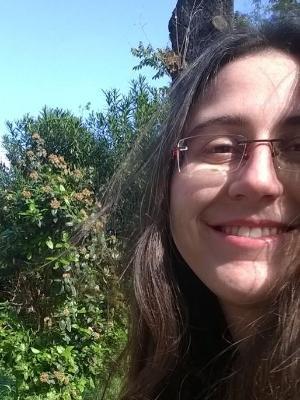Stephania L. Tsola

Postdoctoral Research Assistant (Özge Eyice group)
Email: stephania.tsola@qmul.ac.uk
Room Number: Fogg 6.18
Twitter: @@StephaniaTsola
Profile
Research
Research Interests:
Publications
Project title: Microbial link from organic sulfur compounds to methane in anoxic sediments
Funding body: The Leverhulme Trust
Summary: Dimethylsulfide (DMS) is the most abundant organosulfur compound emitted to the atmosphere and is considered a climate-cooling gas because it contributes to cloud formation. One of the production pathways of DMS is the microbial cleavage of dimethylsulfoniopropionate (DMSP), another abundant organosulfur compound. Previously, this pathway was considered to be most abundant in marine ecosystems. Recently, though, it was discovered that DMSP is produced in anoxic sediments and that bacteria are able to cleave some of this DMSP to DMS.
In these anoxic sediments, DMS can then be degraded by methanogens and sulfate-reducing bacteria leading to the production of methane and carbon dioxide, two major greenhouse gases. Despite the importance of DMSP, DMS and their degradation products, the microbial diversity and metabolic pathways underlying DMS degradation in anoxic sediments remain unexplored. This postdoctoral project will investigate:
§ The turnover rates of DMS(P) and produced methane
§ The diversity, abundance and metabolism of DMS(P) degrading microorganisms
§ The environmental conditions that could regulate DMS-dependent methane production
§ The contribution of DMS-derived methane to global methane emissions